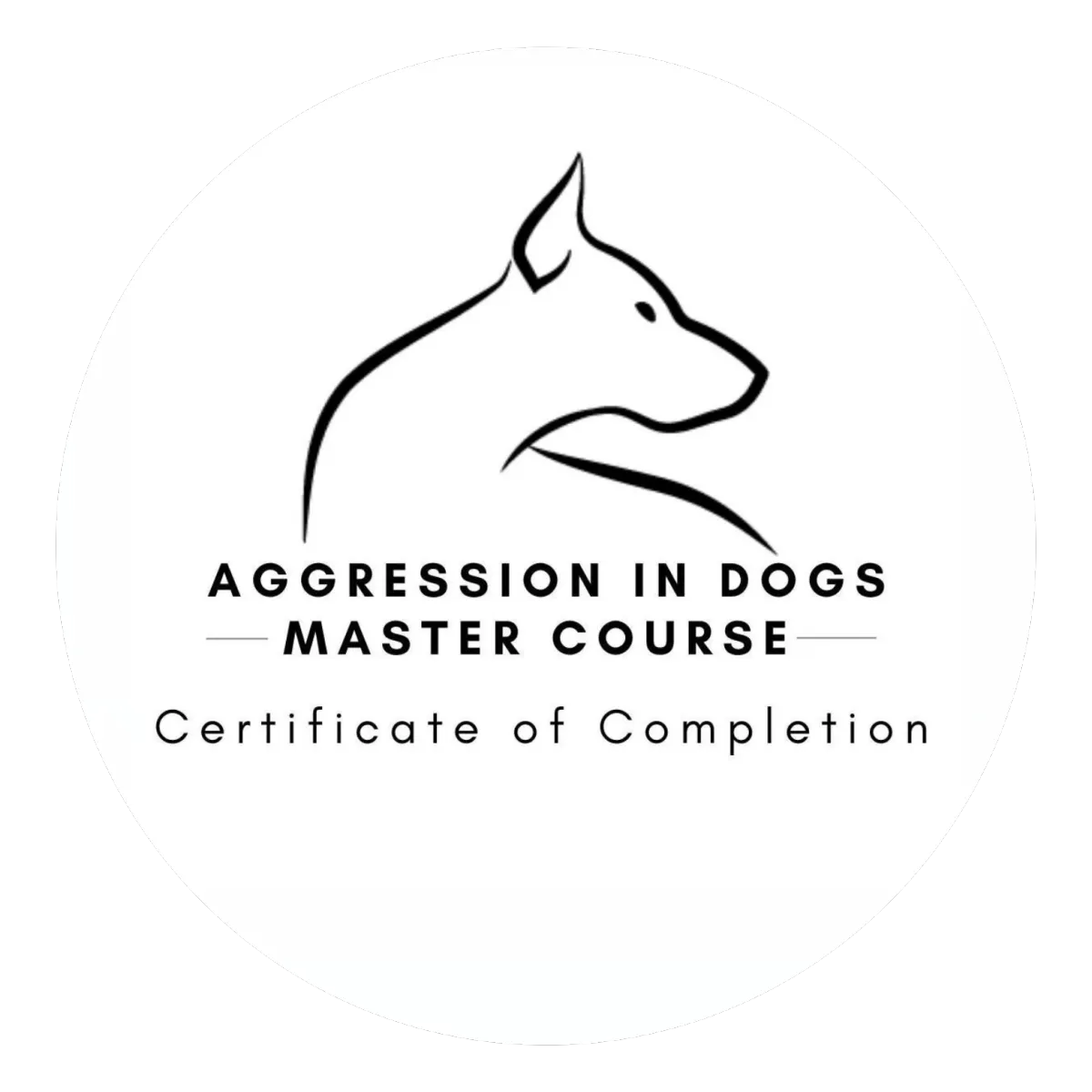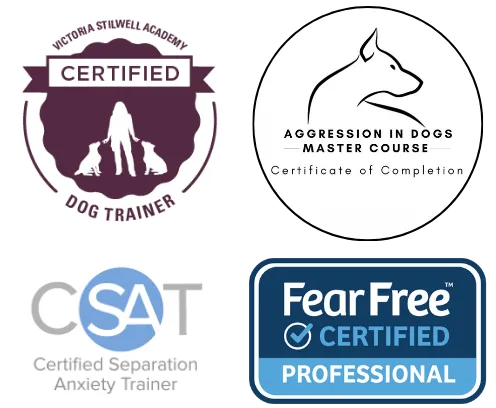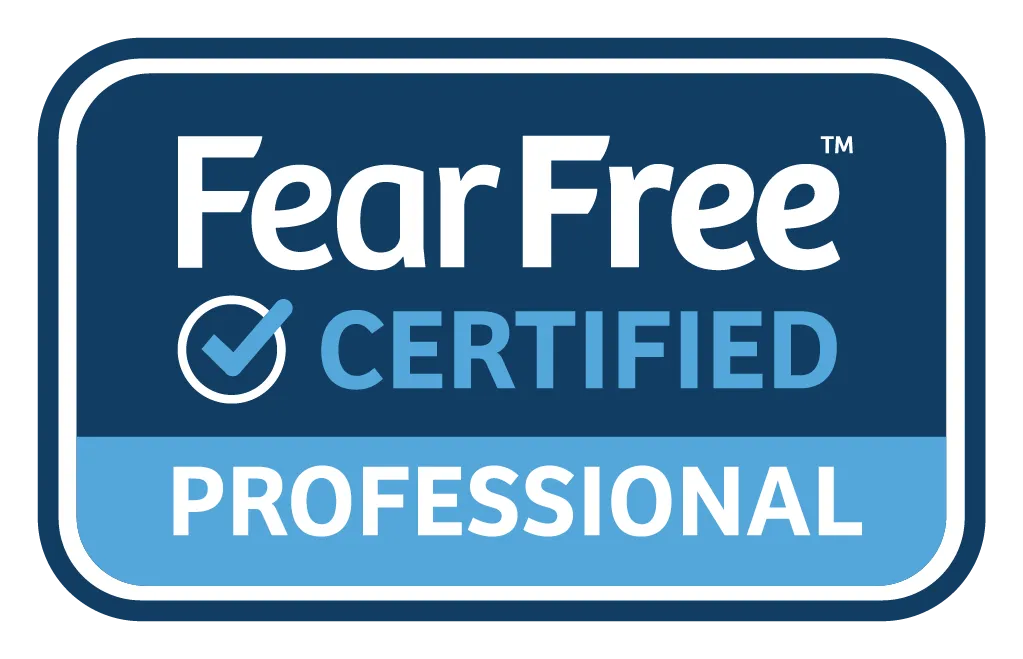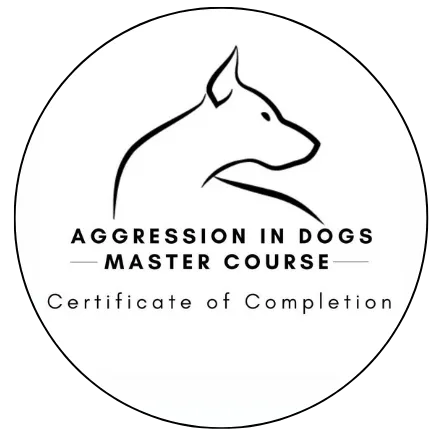Understanding and Using
Crates & Pens
When selecting a crate, keep in mind:
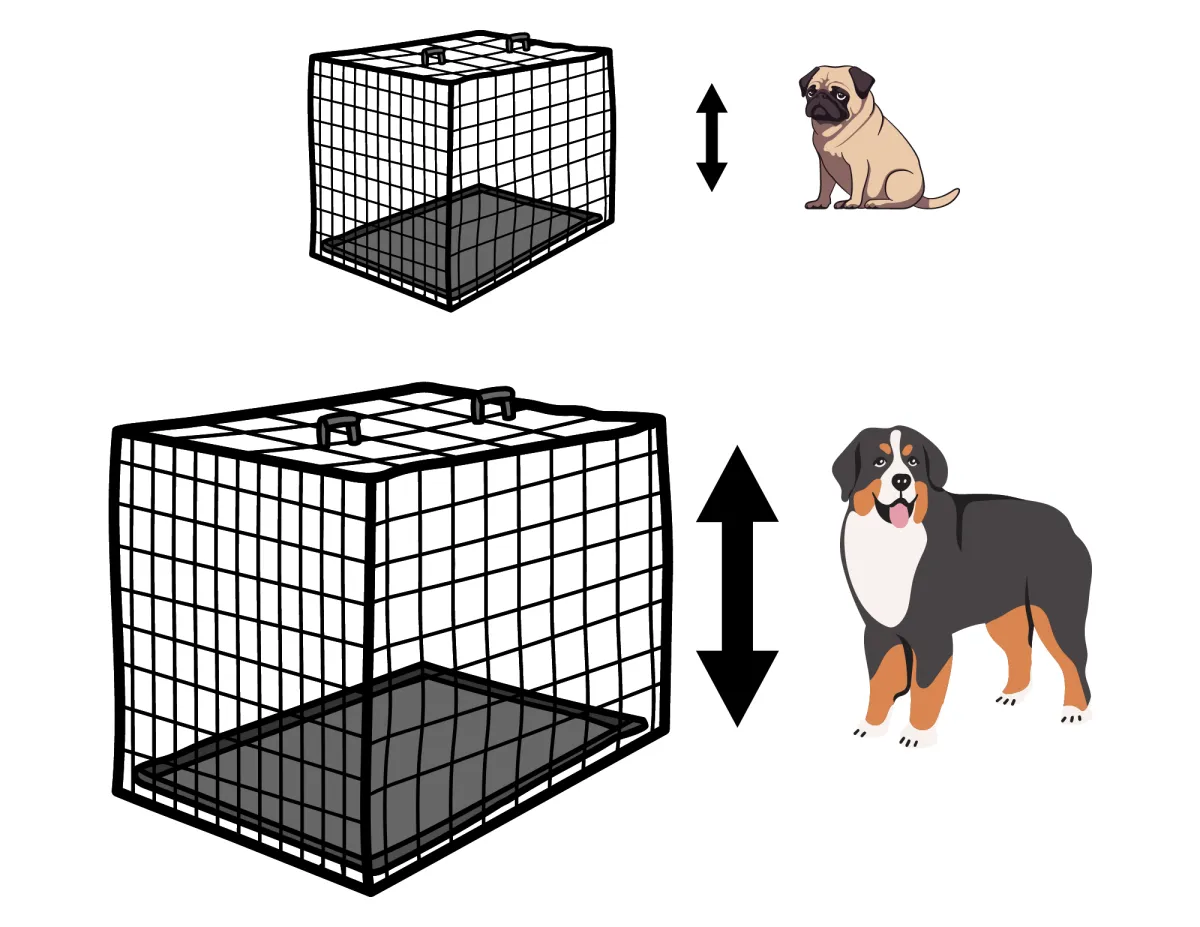
Size
This is very important. Choose a crate that provides enough space for your dog to stand up, turn around, & lie down comfortably.
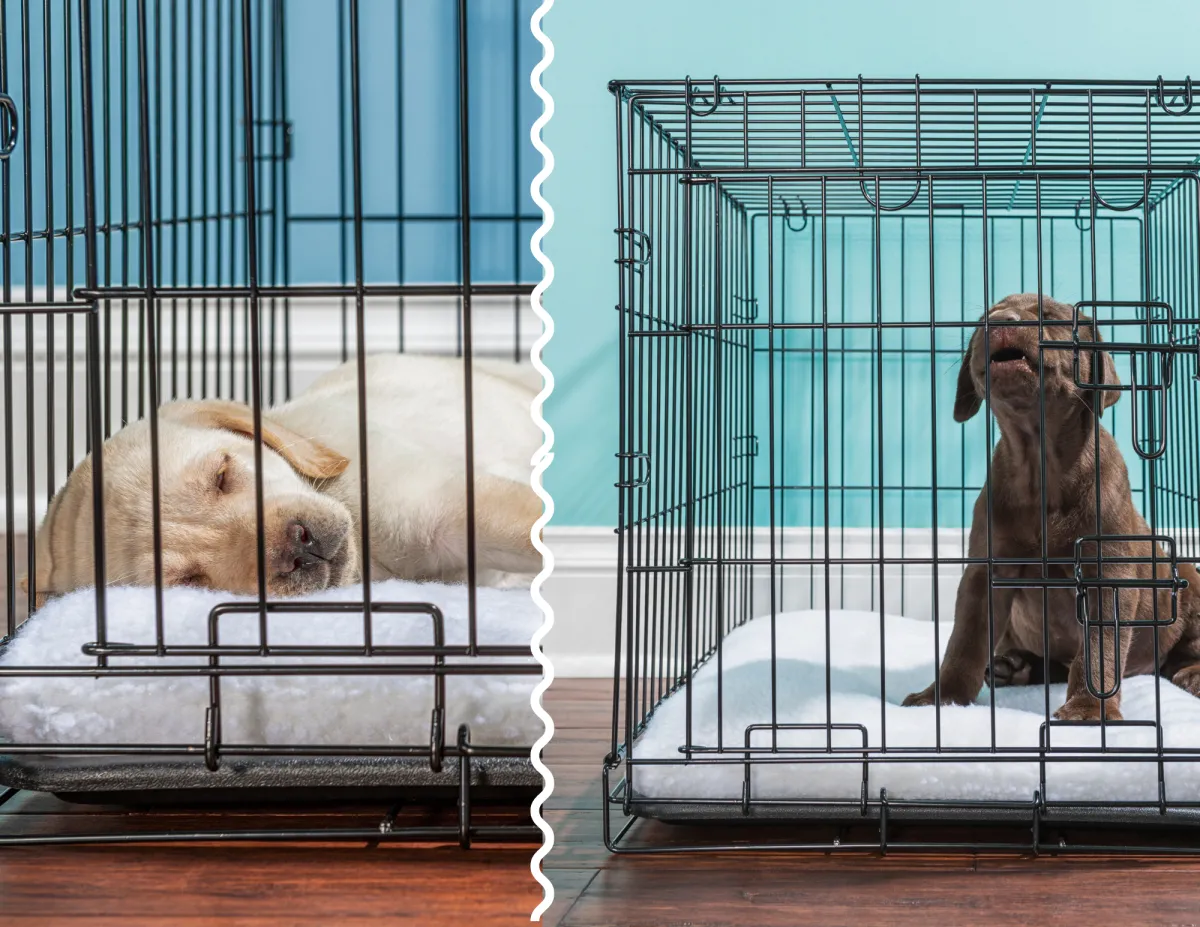
Personality
A dog who tends to be more anxious or claustrophobic may need a different kind of crate (and training plan) than a dog that is calm & comfortable in enclosed spaces.

Durability
Durability ensures the crate lasts a long time, keeps your dog safe, prevents escapes, & resists damage from chewing or scratching.



Why use a crate or pen?
Assists with housebreaking
Training aid
Travel safety
Helps prevent destructive behavior
Stress reduction
Medical recovery & vet visits
Establishes a routine and structure
Ensures dog safety during visits or work
Emergency preparedness
Helps adjust to new environments
Offers a designated safe zone
Types of Crates

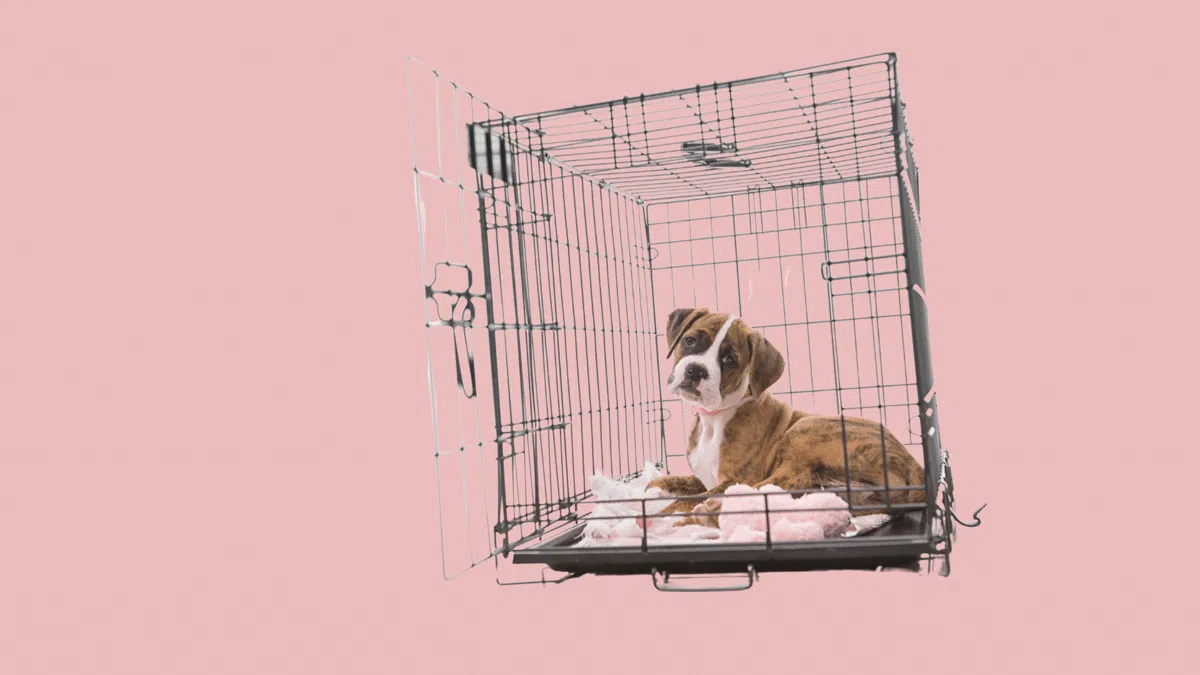
Wire Crates

PROS
Easy to fold for storage or travel
Removable panels and doors
Durable
Long-lasting
Good airflow for your dog's comfort

CONS
Limited security and privacy
Some dogs may escape if determined
Not suitable for excessive chewers
Prone to rust over extended periods
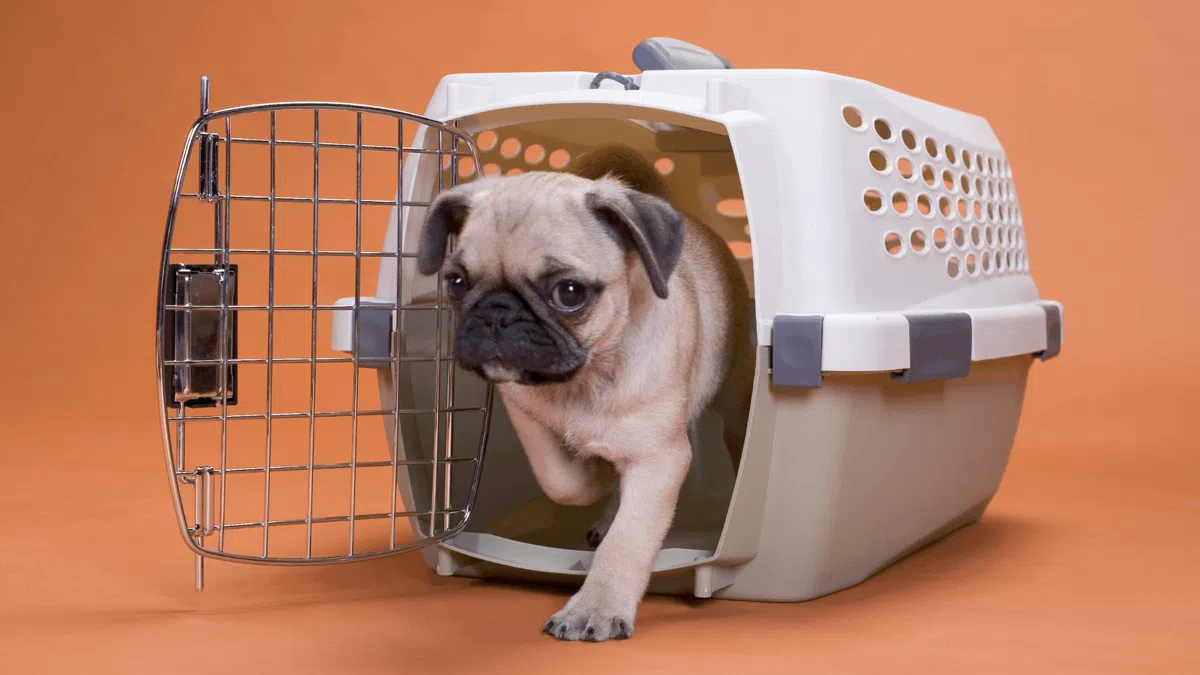
Plastic Crates

PROS
Easy to transport
Lightweight
Privacy to reduce stress
Temperature regulation
Protection from drafts
Security & comfort due to enclosed design.

CONS
Limited visibility
Ventilation concerns in extreme weather.
Potential damage from dogs attempting to
chew or scratch the plastic.
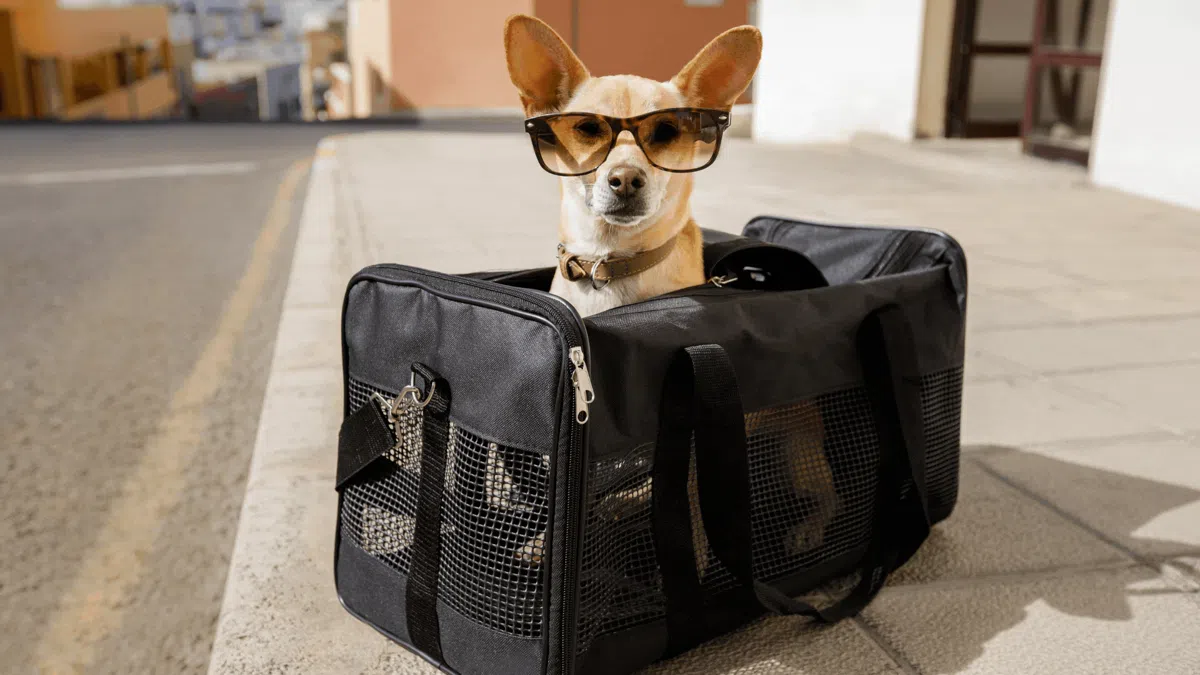
Soft-Sided Carriers

PROS
Easy to transport
Lightweight
Easy to fold for storage or travel.
Quick set-up / take-down
Cozy and cushioned with padded bottoms
Usually has multiple entrances
Decent ventilation

CONS
Less durable
Not suitable for heavy chewers
Less secure containment
Increased escape risk for some dogs
Limited sizes available

Furniture-Style Crates

PROS
Resemble stylish furniture pieces.
Serve as both a comfortable resting space
for your dog and functional furniture.
Available in various sizes and designs

CONS
Higher cost compared to other crates.
Less portable and harder to move.
Ventilation varies based on design
Some designs have limited visibility

Play Pens

PROS
Can be configured in various shapes/sizes
Can be used indoors and outdoors
Facilitates controlled interaction between
dogs, people, and environment.
Simple to assemble and disassemble
Convenient for travel or temporary use.
Open top

CONS
Not as secure as crates; especially for dogs
prone to jumping or climbing. Ensure
playpen is correct height for your dog.
Ventilation concerns in extreme weather.
Open sides may offer less privacy for dog.
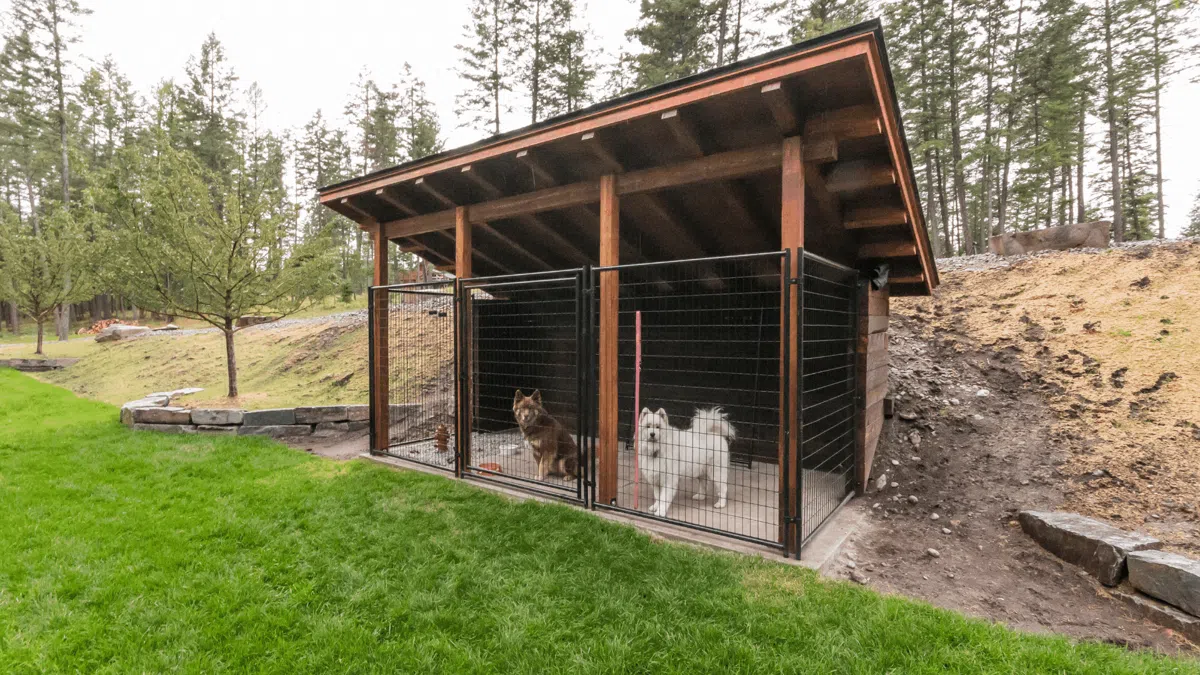
Kennels

PROS
Space for toys, bedding, food, & water bowls
More space for dogs to move & relax
comfortably.
Outdoor kennels often have roofs and walls
for weather protection.
Many options for dividers, raised platforms,
and customization.
Usually has open ventilation

CONS
Better for permanent set-ups.
Some designs restrict visibility, potentially
causing boredom or anxiety for dog
Requires a dedicated, spacious area for setup.
Some dogs may prefer more open space (play pen) while others prefer a den-like environment (crate). Tailor to your dog's preferences.
My Top Picks
Play Pen
Metal
Durable
Panel options from 8 to 32 panels
Small, medium, & large dogs
24" / 32" / 40" / 45" height options
Furniture-Style Crate
Small to medium dogs
Sliding door
Durable
Good ventilation & visibility
Maximum support weight 150 lbs
Furniture-Style Crate
X-Large size for large breeds
4 storage drawers
Double doors with lock
Removable divider (fits 2 dogs)
Good ventilation & visibility
Lucky Dog Kennel
Car crate
Crash-tested
Locking paddle latch
Non-slip rubber feet
Well ventilated for hot days
Wire Crate
Slide latch door lock with Paw Block
Double-door entry
Includes divider panel & leak-proof pan
Easy to assemble & portable
Durable with proper ventilation
Orthopedic Crate Bed
Waterproof bed
Orthopedic support
Reversible 2-sided warm/cool cover
Multiple sizes available
Washable, and stain-resistant cover
DISCLAIMER: As an Amazon Associate, I earn from qualifying purchases.
Frequently Asked Questions
Should I use the crate as a punishment or timeout area?
No, the crate should not be used punitively. Dogs are highly perceptive to the emotions and associations linked to places and experiences. If you use the crate as a form of punishment, your dog is likely to associate it with negative feelings, fear, or stress. This can undermine the positive associations you're trying to build through crate training. There are more effective and humane ways to address behavioral issues.

Why should I use a crate for my dog?
Safety and Security: Provides a quiet and safe space for your dog to unwind; prevents access to hazards when you're not able to supervise.
Housebreaking: Dogs naturally avoid soiling their sleeping area so implementing crates into your potty training routine can encourage proper potty habits
Travel Convenience: Helpful for safe and comfortable travel with your dog. Many airlines require dogs to be crated during flights for safety reasons.
Anxiety Reduction: When introduced correctly, crates become a place of comfort and security for your dog. Having a den to retreat into can help reduce anxiety in stressful situations like thunderstorms or fireworks.
Behavior Management: Prevents chewing and destructive habits when unsupervised. Useful for managing behavior in certain situations.
Veterinary and Grooming Ease: Familiarity with a crate can make veterinary visits or grooming appointments less stressful for your dog if they associate the crate with safety.
How do I crate train my dog using positive reinforcement?
Here are some tips for crate training:
Introduction: Place the crate in a quiet area with the door open. Let your dog explore it at their own pace
Positive Associations: Make the crate appealing with treats, toys, and comfy bedding inside. Use encouraging words.
Mealtime: Start by feeding your dog near the crate, then move their food inside to create positive associations.
Short Sessions: Begin with short, happy crate sessions, gradually increasing the time your dog spends inside as they become comfortable.
Alone Time: Gradually leave your dog alone in the crate, starting with short absences and rewarding calm behavior upon your return.
Safe Haven: Let your dog use the crate as a safe space. Avoid disturbing them when they choose to go inside.
NO PUNISHMENT: Never use the crate as punishment. You can use it for management, but it should always be associated with positive experiences.
Consistency: Be patient and consistent throughout the training process, tailoring it to your dog's comfort and pace.
How long can I leave my dog in the crate?
The duration your dog can stay in the crate depends on their age and individual needs.
Puppies: Follow the one-hour-per-month-of-age rule, plus one hour. For example, a two-month-old puppy can generally stay in the crate for up to three hours.
Adult Dogs: Most adult dogs can stay in the crate for about 4-6 hours during the day.
Overnight: It's usually safe to crate your dog overnight. Ensure the crate is the right size, make it comfortable, and provide regular bathroom breaks (especially for puppies). If your dog is not used to being crated overnight, introduce it gradually.
Remember to provide regular breaks for exercise, play, and bathroom needs, and avoid excessively long crate periods to ensure your dog's well-being. If your dog has health or anxiety issues, consult your vet before use.

Is it safe to use a crate for a dog with separation anxiety?
While I cannot diagnose or give specific advice without a consultation, here is a general response:
Separation anxiety is a complex issue that can manifest differently in each dog, and addressing it can be a complex and multifaceted challenge. While a crate can be a beneficial tool in managing separation anxiety, it must be introduced and used with care. If the anxiety is severe, consult a Certified Separation Anxiety Trainer (CSAT). These are professionals who have received specialized training and certification in helping dogs overcome separation anxiety.
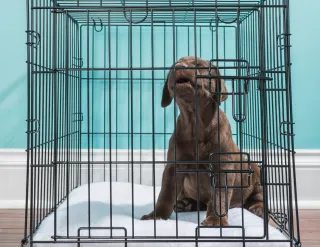
Can I leave toys and treats in the crate with my dog?
Absolutely! Providing toys and treats can make the crate more enjoyable for your dog. Offer frozen Toppl toys or stuffed Kongs to keep them mentally engaged. Introducing a special toy or treat they only get during crate time can also help build positive associations. However, ensure that any items given are safe and won't pose a choking hazard, as supervision may not always be possible in the crate. Additionally, when your dog has access to food, they may need to go to the bathroom more frequently, so plan regular potty breaks accordingly.

My dog whines in the crate. What should I do?
While I cannot give specific feedback without consultation, here are some general tips on addressing whining:
-- Identify the Cause: Understand why your dog is whining; it could be anxiety, boredom, or needing a bathroom break. Identifying what your dog is communicating will help you address the specific issue.
-- Positive Association: Ensure the crate is a positive space with treats, toys, and praise. Encourage your dog to enter voluntarily & reward calm behavior inside.
-- Gradual Training: If your dog is new to the crate, or if whining is a recent issue, it may be related to crate training. Introduce the crate gradually and slowly increase the time your dog spends inside over time.
--Desensitize Departures: Practice short departures and arrivals without making a fuss. Gradually increase the time you're away.
--Scheduled Breaks: Stick to a consistent schedule for meals, play, and crate time to prevent boredom.
--Professional Help: If whining persists, consult a positive reinforcement dog trainer or behaviorist for specialized guidance.
Can I use a crate for my adult dog, or is it only for puppies?
You can absolutely use a crate for your adult dog, not just for puppies.
Crates provide numerous benefits for dogs of all ages. Positive associations can also be developed at any age!

Is it okay to cover the crate with a blanket or cover?
Yes, covering the crate can create a cozy atmosphere that some dogs find comforting. Ensure proper ventilation, and monitor your dog's comfort. Keep in mind that every dog is unique, so tailor the crate setup to your dog's preferences. Some dogs prefer complete coverage for a den-like feel, while others may prefer more visibility to feel secure. Pay attention to your dog's behavior to determine what works best for them.

Contact Us:
In-Person Service Counties:
Essex, Morris, & Passaic counties
We are located in:
Parsippany-Troy Hills, NJ 07054
DISCLAIMER: Behavior modification is a collaborative process that depends on the consistent implementation of training techniques by the owner. While we specialize in fostering positive behavioral changes, no trainer can guarantee specific outcomes or "cure" a dog's behavior. As behavior is influenced by numerous factors, including environment and individual circumstances, the dog's behavior remains the responsibility of the owner.

© Copyright 2022. Born to Be Dog Training LLC.
All rights reserved.




